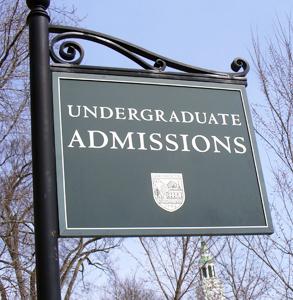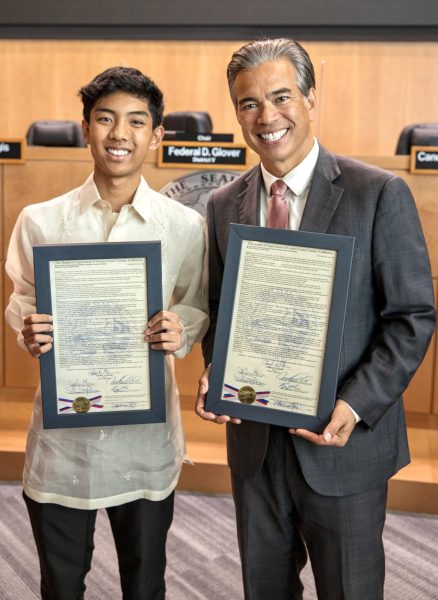Is affirmative action “fair”?

There may be more factors at play in college admissions then just grades and extracurriculars.
For the average college-minded student, ethnicity seems to be just as important as getting good grades in school.
Affirmative action, the favoring of certain groups or ethnicities that traditionally suffer from discrimination, has become a major factor in the college admission process.
In the world of college applications, affirmative action has become a “badly kept secret” of sorts; colleges don’t like to talk about it, but everyone knows about it.
According to the American Civil Liberties Union, the goal of affirmative action at the college level is “to secure racial diversity in educational settings.” In other words, the primary goal of admitting students to top-tier colleges based on race is to make sure no one group dominates the United States’s college campuses.
As a result, affirmative action gives those who belong to an “underrepresented minority,” someone of African American, Hispanic, or Native American heritage, a statistical advantage in college admissions. Therefore, those who belong to the “racial majority,” students of Caucasian or Asian descent, are given a disadvantage.
According to a study by priceeconomics.com, trends show that there is definitely a correlation between ethnicity and admissions in elite colleges. The study reveals that an African American student has over five times the chance of getting into a top-tier school compared to a caucasian student with comparable test scores; students of Latin American descent have odds nearly nearly two times greater than that of their caucasian counterparts.
This study also reveals that Asians face the harshest discrimination. An Asian student has 67% lower chances of getting into school compared to a similar caucasian student.
Supporters of affirmative action say that using race as a factor in college admissions is simply necessary to maintain diversity in American colleges and universities. The basis of this argument is that those who fall under the underrepresented minority groups tend to come from lower income families, which causes inherent disadvantages to a student.
For example, a teen from a poorer family may have to juggle school work and a demanding job in order to help support his or her family. Therefore, the student is not able to completely focus on schoolwork and a future merely because of conditions he or she cannot control.
In recent years, however, the use of affirmative action in college admissions has come under attack. Those against affirmative action say that a system based on racial screening is actually more unfair than a colorblind one.
Many students in the “racial majority” of students who work harder and are more capable lose their spots in colleges to poorer students of the underrepresented minority. Those against affirmative action say that such a situation disregards academic talent and is simply unfair.
In addition, balancedpolitics.org argues that affirmative action is based off of long-standing stereotypes about race and socioeconomic class. Affirmative action assumes that African Americans and Latinos are poor while caucasians and Asians are wealthy, but in reality, each economic rung contains members of every racial group.
Other groups advocate for a different method of screening instead of one based on racial background. For example, some say admissions based on economic welfare rather than ethnicity will better allow students from all backgrounds to be represented on college campuses.
While this issue is clearly many-sided, the problem of affirmative action ultimately comes down to how people define “fairness.” Is fairness giving everyone an equal chance regardless of his or her circumstances, or is it leveling the playing field?

Junior Kevin Yang has been with with the paper for three years and is currently the Stampede's News Editor....






